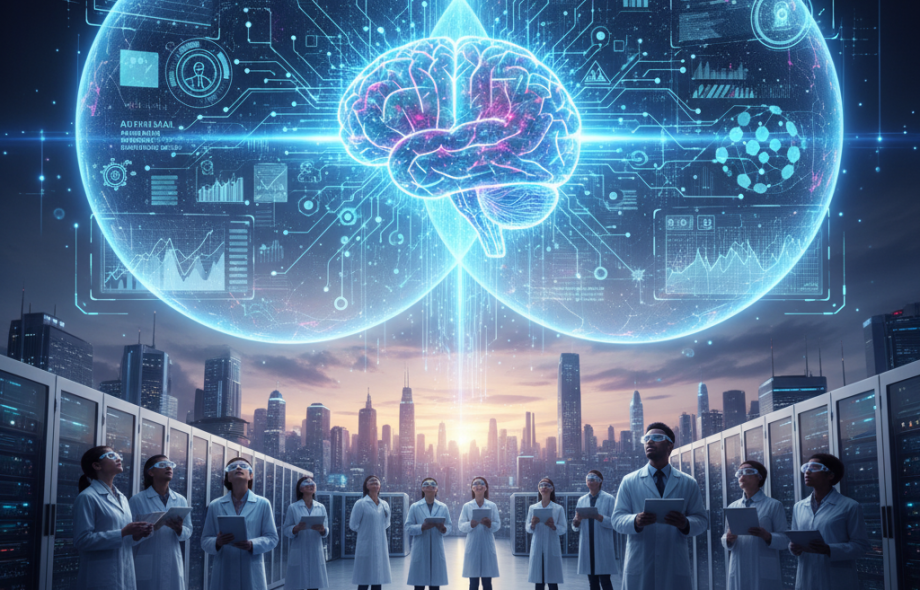Digital twins have emerged as a game-changing technology that is revolutionizing various industries across the globe. This concept involves creating a virtual replica of physical objects, processes, or systems, allowing for real-time monitoring, analysis, and optimization. From manufacturing and healthcare to smart cities and infrastructure projects, digital twins are being heralded as the future of innovation.
One of the key benefits of digital twins is their ability to provide a holistic view of complex systems. By integrating data from sensors, IoT devices, and other sources, companies can gain valuable insights into the performance and behavior of their assets in real time. This enables proactive maintenance, predictive analytics, and performance optimization, leading to increased efficiency and cost savings.
In the manufacturing sector, digital twins are being used to simulate and optimize production processes. By creating virtual replicas of factories and equipment, manufacturers can identify bottlenecks, streamline operations, and improve overall productivity. This technology also allows for rapid prototyping and testing, reducing time to market and enhancing product quality.
In the healthcare industry, digital twins are transforming the way medical devices are developed and monitored. By creating virtual models of patients, doctors can simulate treatment options, predict outcomes, and personalize care plans. This technology also enables remote monitoring of patients, early detection of health issues, and continuous improvement of medical devices and treatments.
Smart cities are another area where digital twins are making a significant impact. By creating virtual replicas of urban infrastructure, city planners can optimize traffic flow, manage energy consumption, and enhance public safety. This technology enables cities to become more sustainable, livable, and resilient, ultimately improving the quality of life for residents.
As digital twins continue to gain momentum, there are several key factors driving their adoption. Advances in IoT, cloud computing, and artificial intelligence are providing the infrastructure needed to support the creation and management of digital twins. Additionally, the increasing complexity of systems and the demand for real-time insights are fueling the need for this technology.
In conclusion, digital twins are reshaping industries by providing a powerful tool for real-time monitoring, analysis, and optimization. This technology holds immense potential for improving efficiency, reducing costs, and driving innovation across various sectors. As companies continue to embrace digital twins, we can expect to see even more transformative applications and benefits in the years to come.
 :
https://www.pinterest.com/xceltec0192/
:
https://www.pinterest.com/xceltec0192/

